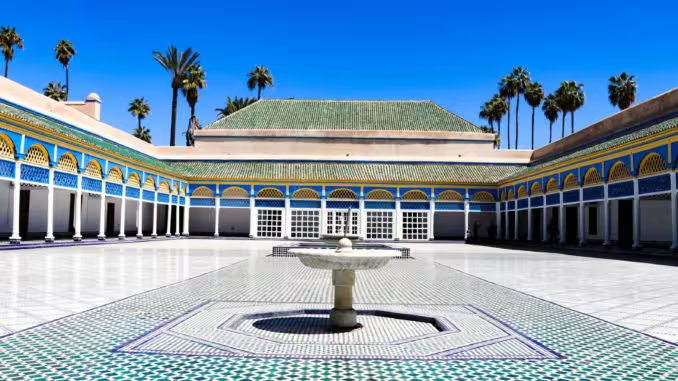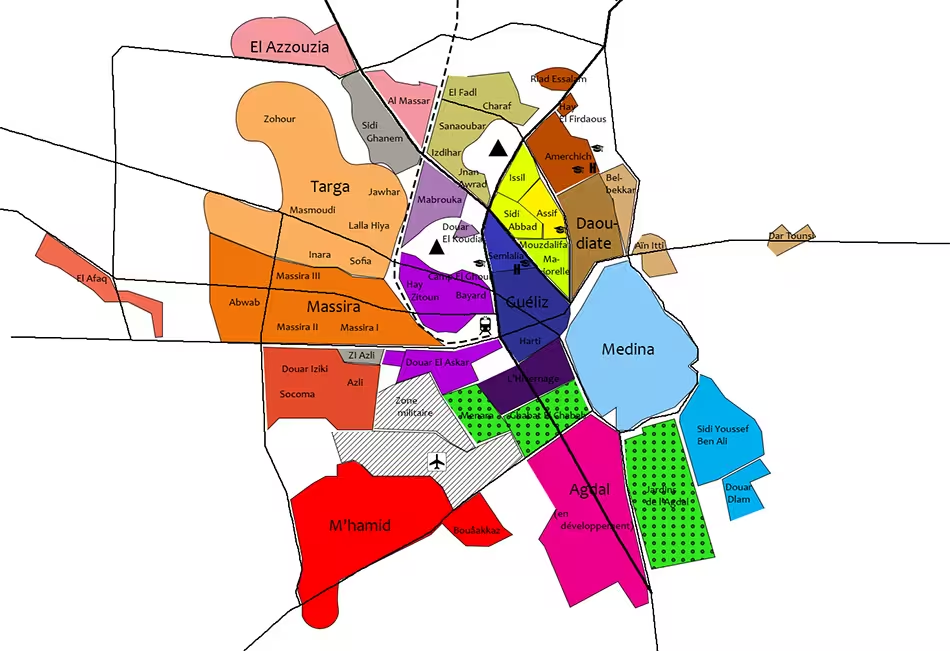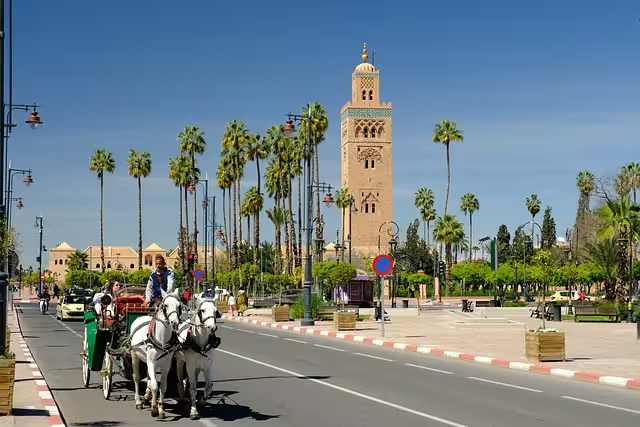
Bahia Palace, the shining light in the heart of Marrakech
- Culture
- 2023-11-07

A structure that honors the magnificence of a bygone era and the unwavering talent of Moroccan artisans.
The ultimate tourist destination in Marrakech, the opulent Bahia Palace, is the result of the power struggles between a father and son, who were both grand viziers to the Moroccan sultans and eager to establish their authority while abusing the perks of their position.
Although the palace has a timeless quality, reminiscent of the splendors of the Orient or Andalusia, it was constructed in 1866, during the reign of Sultan Hassan I (1836-1894). Located between the Royal Palace, the Koutoubia, and the Place Jemaa el Fna, this nearly 8,000-square-meter structure is home to the largest and most prestigious riad in the city at the time.
From father to son, a lineage of ambition
Si Moussa was its first owner. He was succeeded in 1894 by his son Ahmed ben Moussa, who at the age of 16 assumed the role of regent for the young sultan Abdelaziz ben Hassan. Morocco was ruled by him until 1908. The man known as "Ba Hamed" had unrestricted power because of his regency, which he used to finish building the palace his father had left him. He then moved into the palace to live the life of his dreams and give the ochre city an architectural gem that showcased the best craftsmanship in Morocco.
The structure, which took fourteen years to complete, has one hundred and fifty rooms, innumerable courtyards and interior gardens, a maze-like network of passageways, a Koranic school, hammams, a harem, stables, and more. The finest artisans of the time adorned the building with Middle Atlas painted and illuminated cedar wood ceilings, marble from Italy and Meknes, and Tétouan earthenware.
From the whims of power to those of the heart
Along with his four official wives, Ba Ahmed resided there. He kept the spacious riad for his own harem, which consisted of 24 concubines and their numerous offspring. He liked to relax there near a garden that looked like it was straight out of a fairy tale, full of Japanese lilacs, orange trees, tall cypresses, banana trees, and geraniums. Amidst the opulence enveloping him, he harbored a predilection, a preferred paramour, the most exquisite of all. He decided to name his palace Bāhiya, which translates to "brilliant."
Following his death in 1900, the palace lay derelict and deserted. Not until the French Protectorate was signed over Morocco did General Lyautey, enthralled with the building's aristocratic charm, decide to make it his personal residence starting in 1912.
Beginning in 1930, the Bahia Palace was transformed into an art museum that featured collections of southern Moroccan handicrafts, carpets, jewelry, costumes, pottery, antique weapons, and elaborate leathers in addition to its stunning architecture and decorations.
The palace is open for visits today for a small fee. An essential viewing if you wish to experience Marrakech in its heyday.


